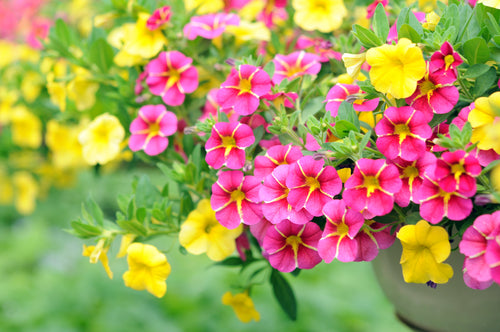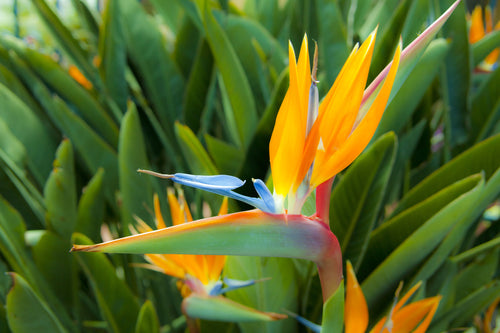Magnolia Tree Looks Sick and is Dripping Sticky Black Sap All over the Plants below It.
Magnolia scale has become an increasingly common problem on magnolia trees in Illinois. Magnolia scale, Neolecanium cornuparvum is one of the largest and most conspicuous scale insects in our area. The over-wintering nymphs are dark gray-black and cluster together in large numbers on 1-2 year old branches of the host plant. In early summer, the female magnolia scale develops a white waxy coating, which later disappears in August before newborn crawlers emerge. The mature female magnolia scale is 1/2” in diameter, smooth, elliptical, convex and dark brown to pinkish-orange in color. The male scale is much smaller (about 1/8”), and turns a translucent white color in early summer before developing into a tiny, pink to yellow gnat-like insect. Newly hatched crawlers are a medium brown color, getting darker after feeding commences. Magnolia scales have sucking mouthparts and when heavy infestations completely encrust branches, the branches often die. Badly infested branches and twigs are weakened and growth is retarded. Leaves may also be under-developed. Under a continuous and heavy attack, trees may be killed. Like most soft scales, the excess plant sap is excreted as a sweet, sticky material called honeydew. The honeydew drips onto the foliage and branches. A dark fungus, called black sooty mold grows on the honeydew which results in the leaves becoming blackened. This greatly detracts from the plant's normal ornamental value. The honeydew also attracts ants, bees, wasps and flies which feed on it.
Treatments:
Apply Bonide Tree and Shrub Insect Control with Systemaxx to the base of the tree in spring. This concentrate dissolves in water allowing the insecticide to move through the root zone. Once in the roots, the insecticide moves up the system of the tree or shrub providing protection for new growth. Simply measure the circumference of the trunk at eye level. If your Magnolia is multi trunked add the circumferences together. Depending on the size and vigor of the tree, the uptake period may vary from one week to three months for larger trees. Insect control will be achieved when the uptake and translocation from the roots to all plant parts (leaves) has occurred.
Heavy infestations of Magnolia scale may require spraying with Bonide’s Systemic Insect Control in August (and follow with a second treatment 10 to 14 days later) which will be absorbed into the bark of the Magnolia ready to control sucking insects like scale. Thoroughly spray all the limbs with an even application of Systemic Insect Control mixed at the rate of 2 ounces per gallon of water. Read all the instructions on the label and follow all precautions. Do not spray on a windy day! We recommend a Green Thumb sprayer hose end sprayer for application. This sprayer is calibrated and will shoot a solid stream of the mixture 30 feet to cover top limbs. An early application of Bonide’s All Season Horticultural Oil in March before the flower buds open will suffocate over wintering crawler scale. Apply again in late August. Trees that are attacked by scale are weakened and should be fertilized. Apply Dr. Earth Acid Lovers Organic Fertilizer into the drip line of the tree. This is best accomplished by using an 18’’ Landscape Earth Auger. Simply drill some holes around the drip line about a foot apart and fill with Dr. Earth Acid Lovers Organic Fertilizer, or Espoma Holly Tone, water well
Remember early detection is the key to controlling insect and diseases.
If you notice sticky black soot on your Magnolia’s leaves look at the branches for scale and begin treatments. Any questions just ask. Our staff is here to help!









